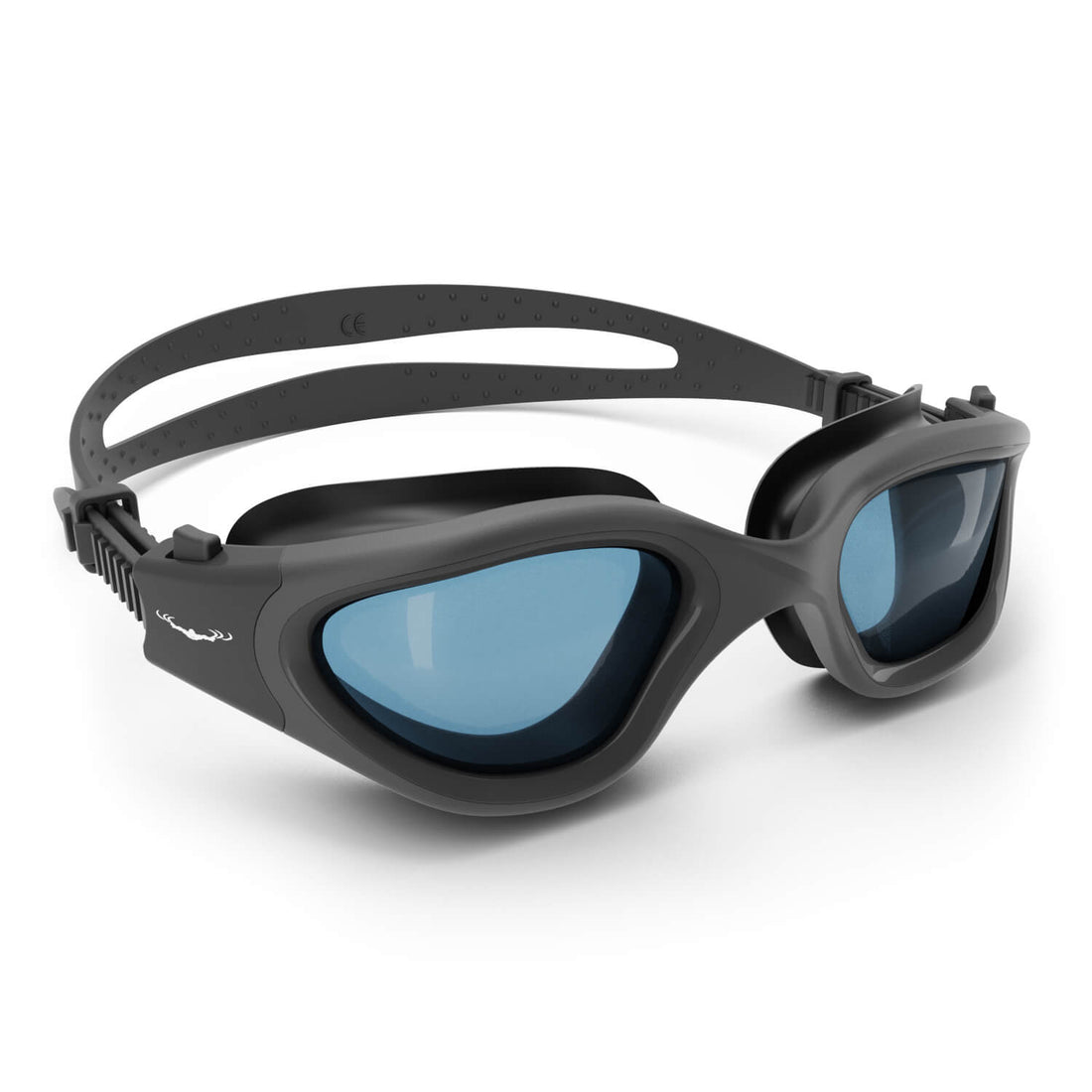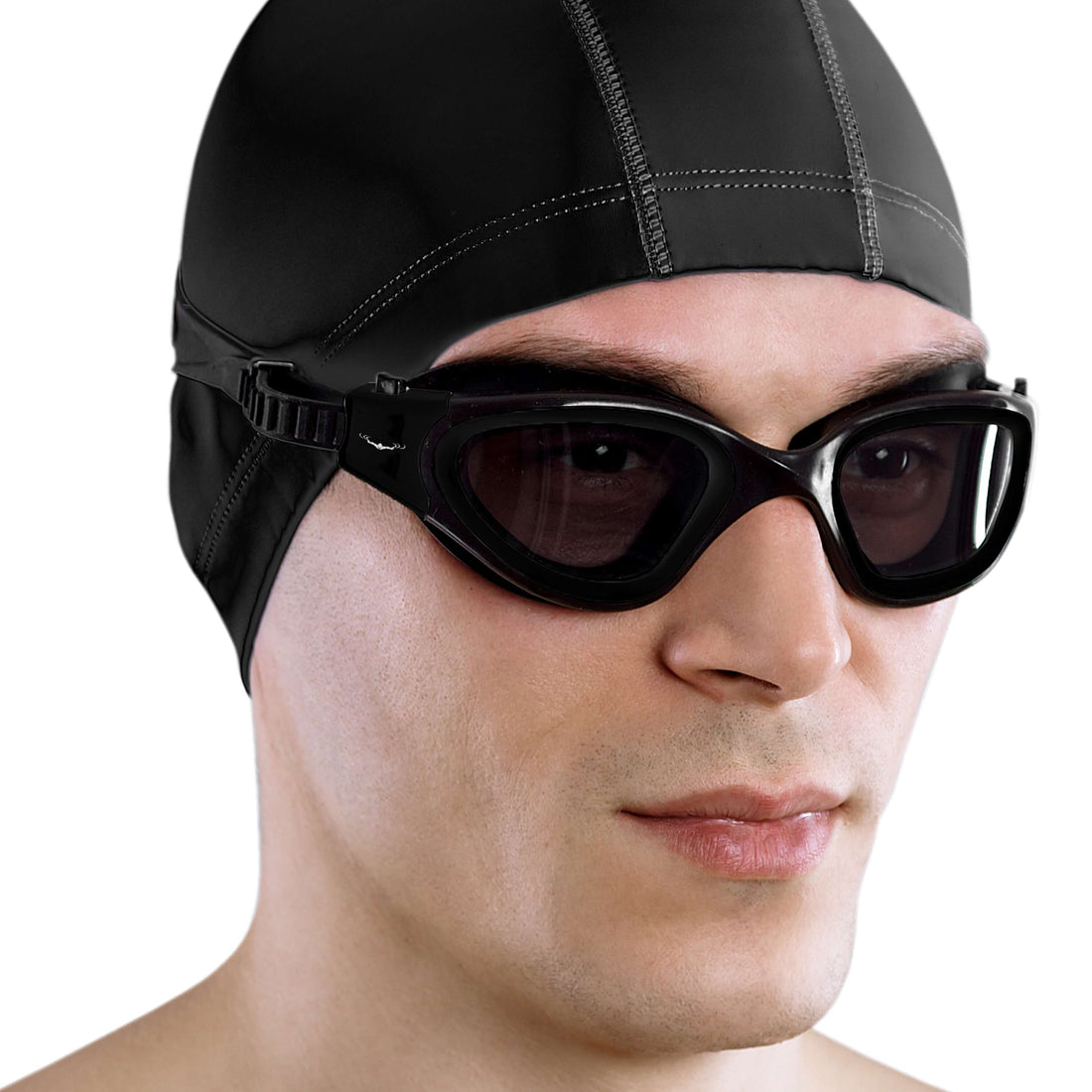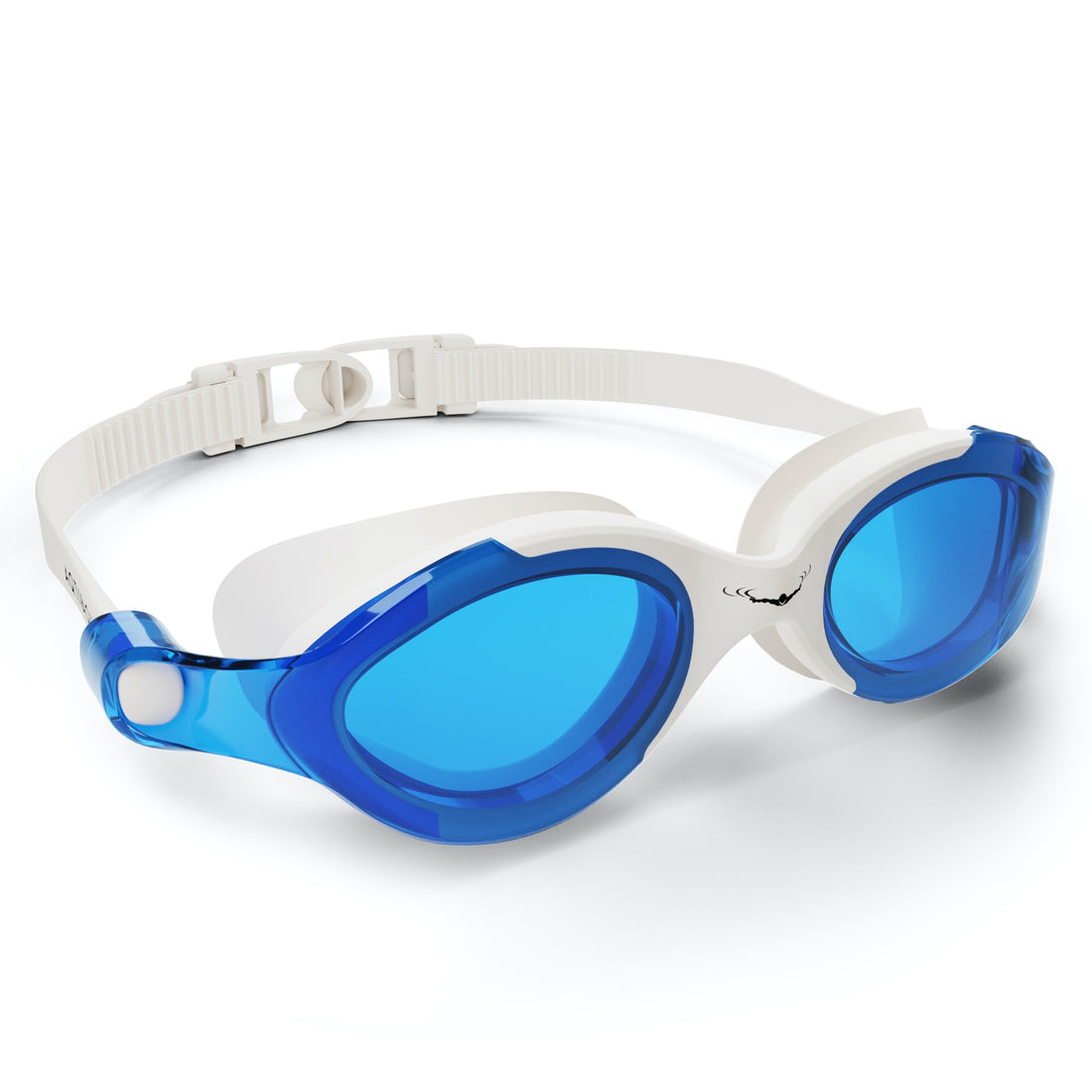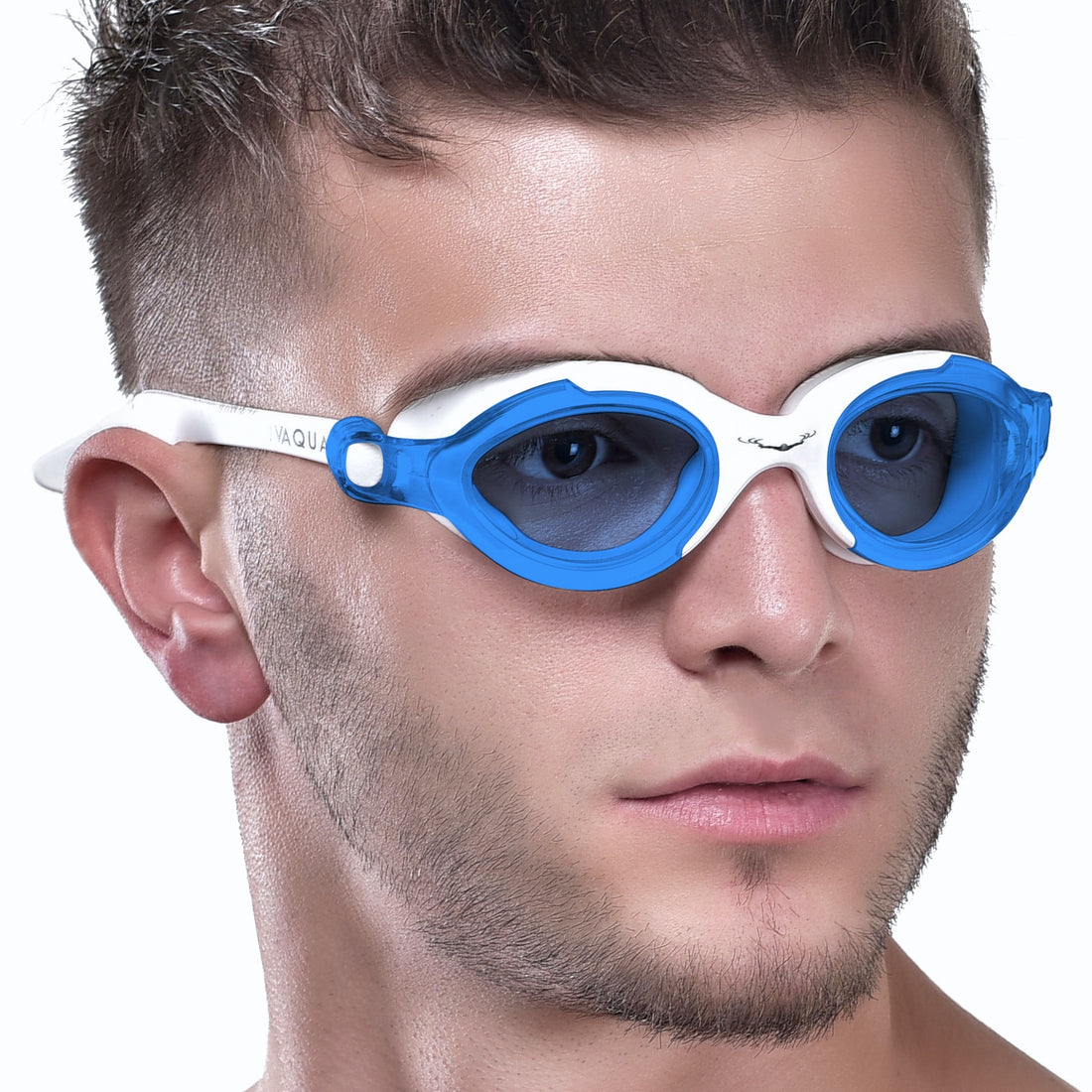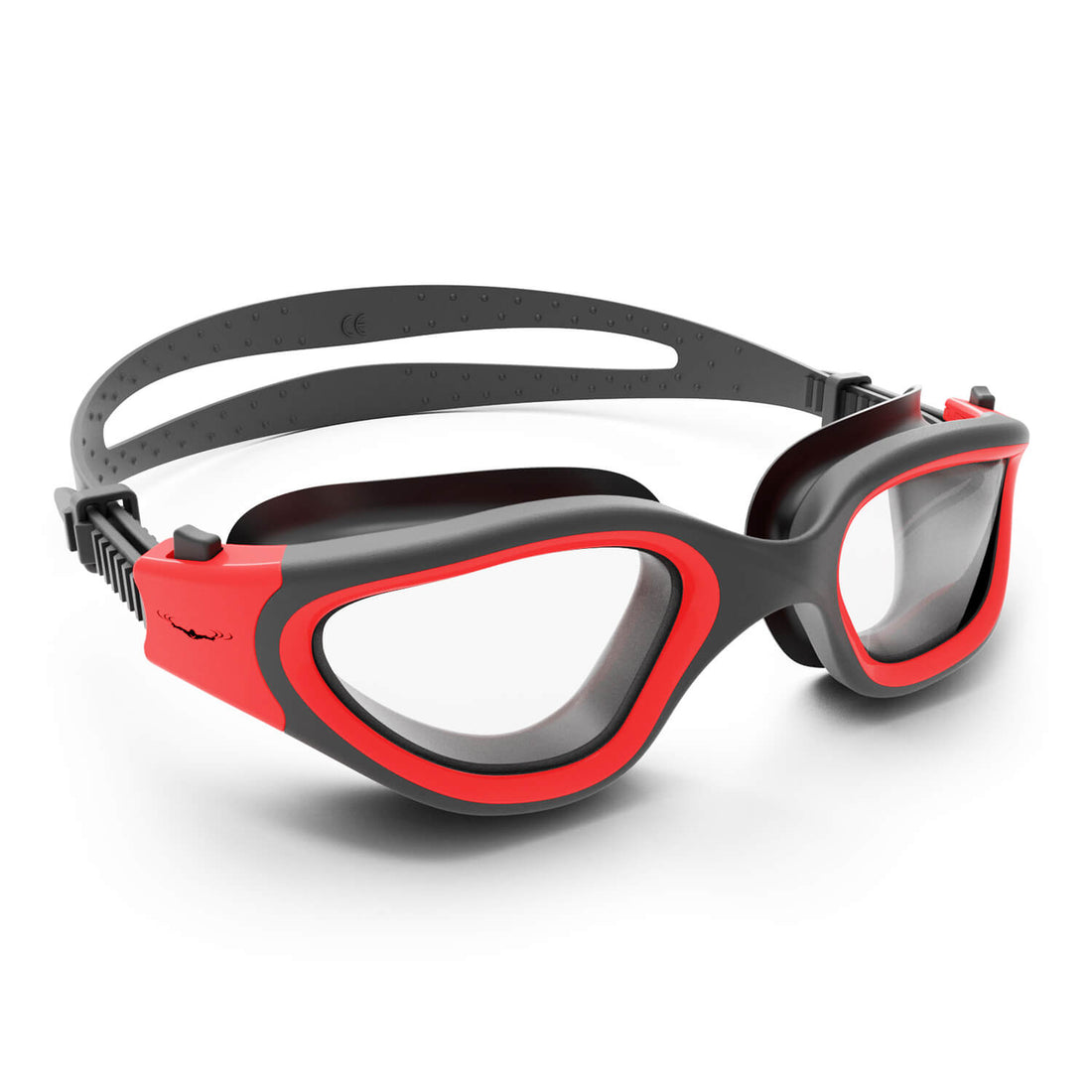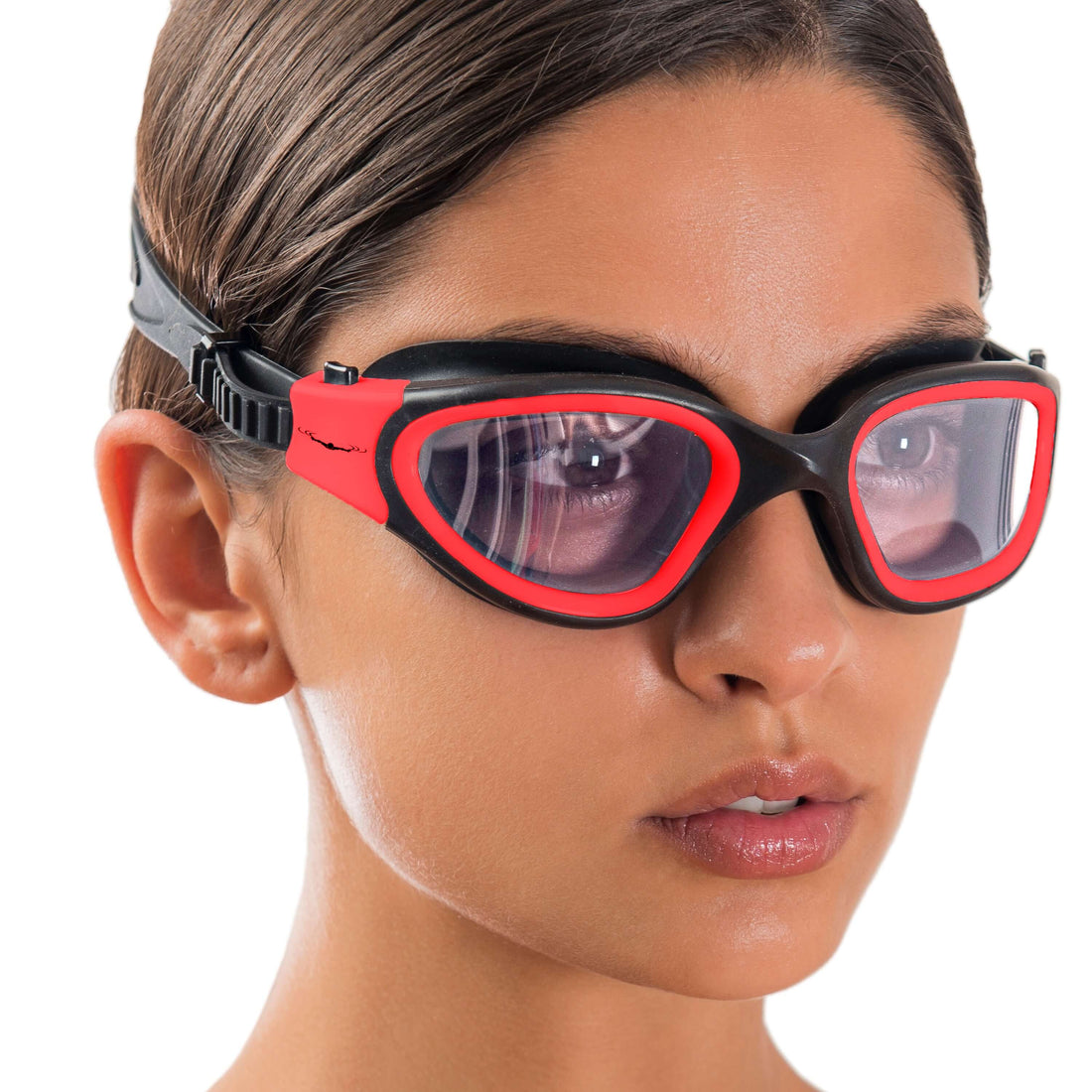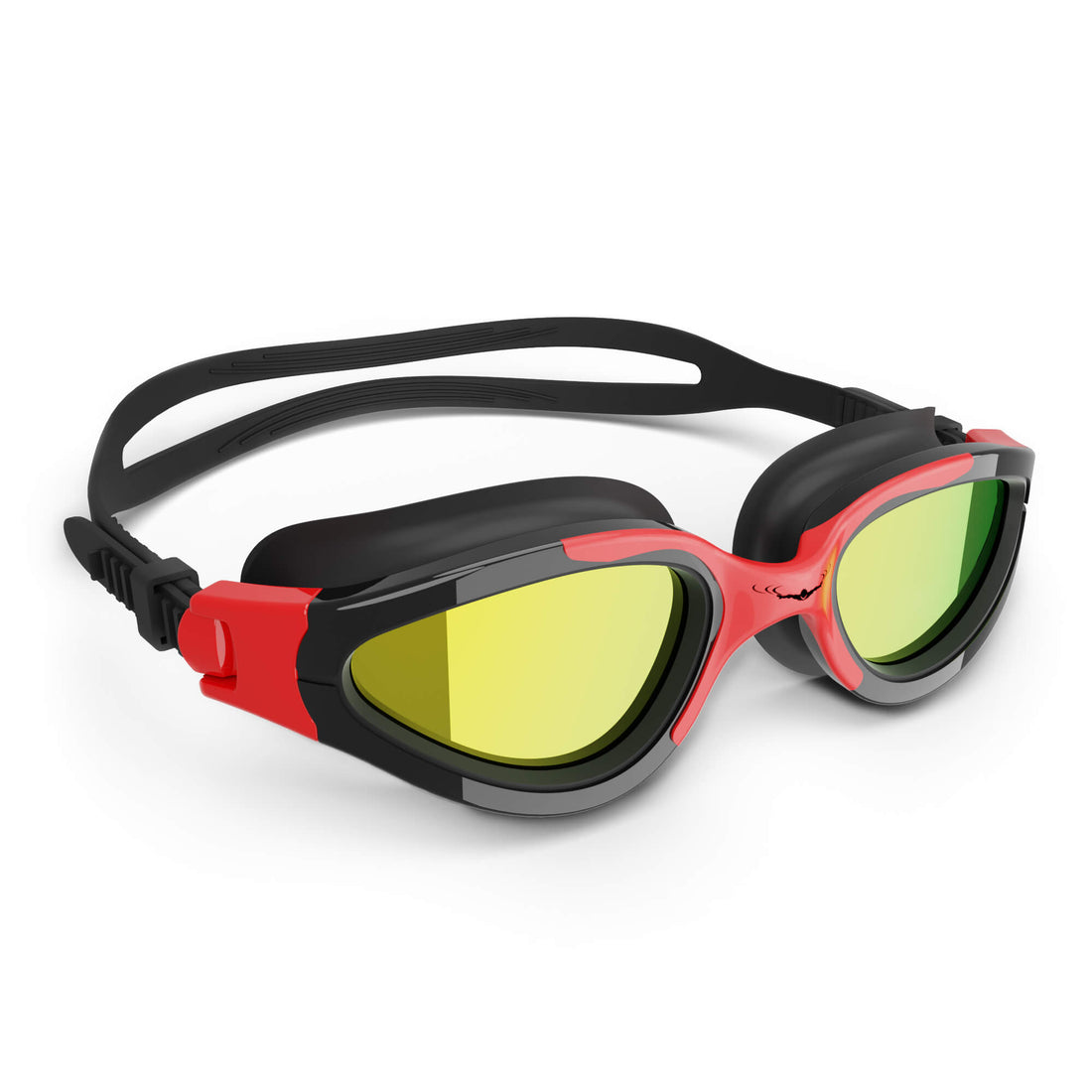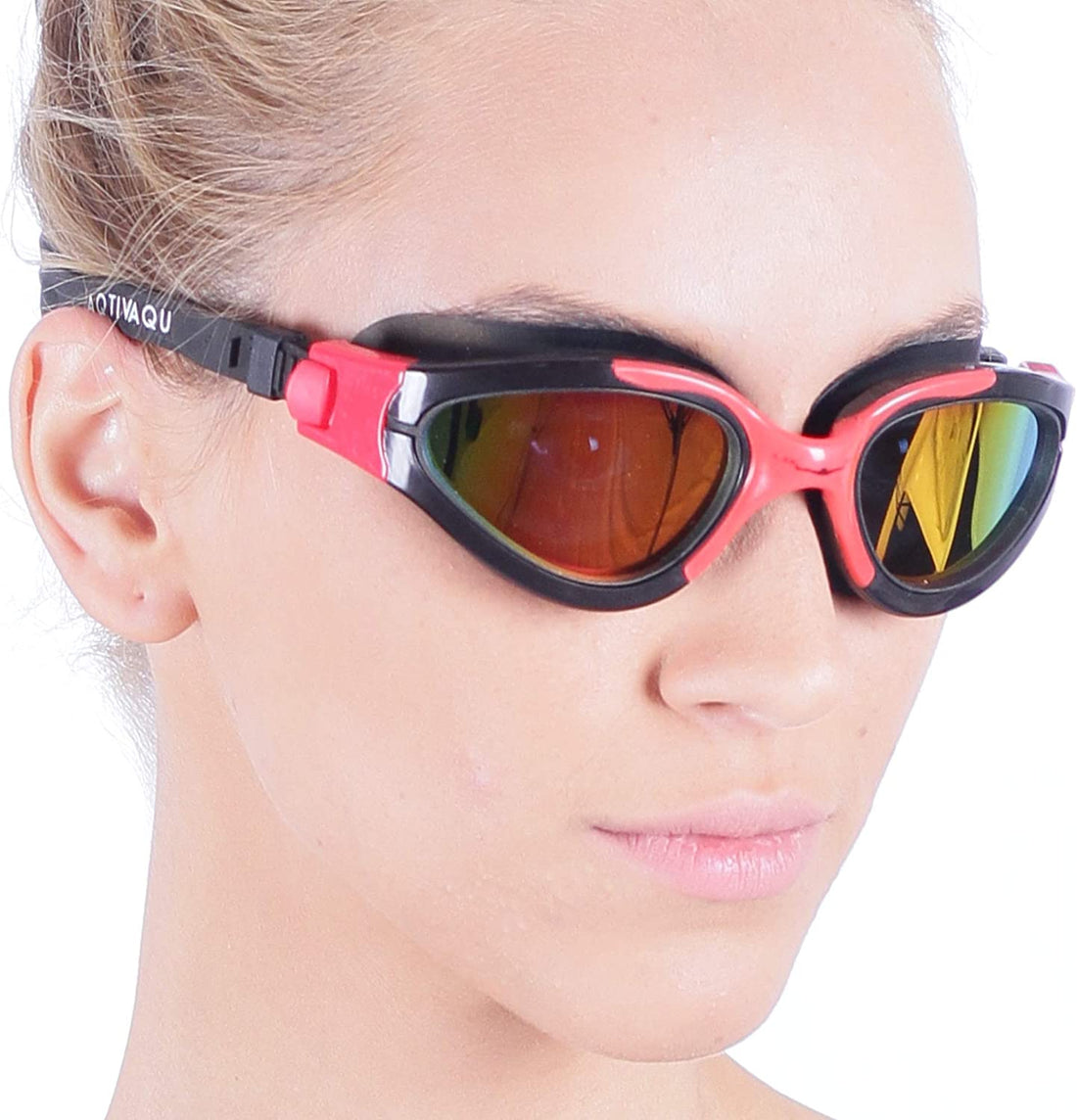Frequently Asked Questions
1. What is buoyancy in swimming?
2. How does body composition affect buoyancy?
3. What are the two main types of resistance swimmers encounter?
4. Why are swimming caps important?
5. How can technology improve swimming performance?
Swimming isn't just a fun and invigorating activity; it's a complex combination of physics and biology that enables athletes to glide through water gracefully. Understanding the science behind swimming—specifically, buoyancy and resistance—can significantly enhance your swimming technique and performance. In this article, we'll break down these elements and how they interact in the swimming environment, while also discussing essential gear like neoprene swimming headbands and swimming caps that can improve your experience in the water.
Understanding Buoyancy in Swimming
Buoyancy plays a vital role in how swimmers move through water. It is the upward force exerted by a fluid that opposes the weight of an object submerged in it. Essentially, buoyancy determines whether an object sinks, floats, or hovers beneath the surface. In swimming, understanding buoyancy can help you find the most efficient body position and reduce energy expenditure.
The Physics of Buoyancy
According to Archimedes' principle, an object submerged in a fluid will experience a buoyant force equal to the weight of the fluid displaced by that object. For swimmers, this means that the distribution of body mass and the shape of their bodies will influence their buoyancy. Swimmers with a higher body fat percentage tend to float more easily owing to the lower density of fat compared to water. Conversely, leaner swimmers often need to adjust their position in the water to achieve optimal buoyancy.
- Floating Position: A horizontal position with arms extended and legs straight can maximize buoyancy, allowing swimmers to glide with minimal effort.
- Body Composition: Swimmers should be aware of their body types. Adjusting body posture can help create a more aerodynamic shape that optimizes buoyancy.
Resistance: The Opponent in the Water
While buoyancy aids swimmers in floating and gliding, resistance works in the opposite direction—it slows down movement through water. Understanding this dynamic is crucial for improving speed and efficiency in swimming strokes.
Types of Resistance
There are two main types of resistance that swimmers encounter in the water: drag and friction.
Drag
Drag refers to the force that opposes a swimmer’s forward motion due to the viscosity of the water. Water is denser than air, meaning more energy is required to overcome resistance when swimming. Factors that influence drag include:
- Body Position: Streamlined positions reduce drag; the more horizontal a swimmer can maintain their body, the less resistance they will face.
- Surface Area: The larger the surface area that comes in contact with the water, the greater the drag. Swimmers can minimize drag by keeping their arms and legs close to their bodies.
Friction
Friction plays a role when body parts come in contact with the water, creating additional resistance. Here's how you can manage friction effectively:
- Swimwear: Choosing the right attire, such as sleek and hydrodynamic swimwear, can minimize friction. Many swimmers opt for specially designed suits that have smooth surfaces to help reduce resistance.
- Swimming Caps: Wearing swimming caps can also be beneficial in minimizing friction against hair, allowing smoother movement through the water. In addition, a snug fit and streamlined design contribute to a more hydrodynamic profile.
Balancing Buoyancy and Resistance
The key to efficient swimming lies in mastering the balance between buoyancy and resistance. Here are some tips to help you strike that balance:
- Body Alignment: Maintaining a straight line from head to toe will help you stay buoyant while reducing drag.
- Kick Technique: Focus on a smooth and steady kick rather than a turbulent one. A consistent kicking rhythm promotes better balance and reduces resistance.
- Use of Equipment: Neoprene swimming headbands provide thermal insulation while shifting buoyancy balance in the water. They can help enhance your swimming experience by keeping you comfortable in colder waters, allowing you to focus on your technique without excessive distraction.
The Role of Gear in Enhancing Performance
In addition to mastering the physics of swimming, the right gear can significantly impact your swimming experience. Items such as swimming caps, goggles, and neoprene swimming headbands can improve comfort, safety, and overall performance.
Swimming Caps: Why They Matter
Swimming caps are often overlooked, yet they serve several crucial purposes. Here’s why every swimmer should consider adding a swimming cap to their gear:
- Hydrodynamics: Caps help streamline the head, reducing water resistance and drag as you swim.
- Hair Protection: They protect your hair from chlorine and saltwater, reducing the risk of damage and tangling.
- Visibility: Brightly colored caps increase visibility in the water, which is particularly beneficial in open water swimming or crowded pools.
- Team Recognition: For competitive swimmers, team caps are a great way to foster unity and boost team spirit.
Neoprene Swimming Headbands: A Hidden Gem
Neoprene swimming headbands are versatile pieces of gear that provide both comfort and performance enhancements. They can help regulate body temperature in cooler waters, allowing swimmers to remain focused on their stroke rather than on external conditions.
- Insulation: Neoprene provides excellent insulation, making it ideal for swimmers who participate in cold water events.
- Comfortable Fit: These headbands comfortably hug the head without slipping off, ensuring that swimmers can concentrate on technique.
- Moisture-Wicking: Many neoprene headbands are designed to wick moisture away, keeping the swimmer dry and comfortable.
Enhancing Your Technique: Training Tips
Improving buoyancy and reducing resistance in your swimming technique requires consistent practice, awareness, and the willingness to adapt. Here are some strategies to enhance your skills:
- Drills for Body Alignment: Incorporate drills that emphasize body position, such as streamline glides and catch-up strokes to get a better feel for buoyancy and drag.
- Use of Fins: Training with fins can help develop a strong kick, improve body awareness, and enhance propulsion while allowing you to focus on maintaining a streamlined position.
- Breathing Techniques: Work on your breathing technique to maintain a steady rhythm and minimize body rotation, which can help reduce drag.
Incorporating Technology into Training
As technology continues to evolve, swimmers can take advantage of tools designed to provide insights into their performance. Items like swim trackers and underwater cameras allow swimmers to monitor their technique and make improvements based on real-time data.
Wearable Technology
Wearable technology has transformed the way athletes train, and swimming is no exception. Here are some benefits of incorporating swim tracking devices:
- Metrics Tracking: Record key metrics such as stroke count, pace, and distance swam to gauge performance and progress.
- Technique Analysis: Study your stroke mechanics through video analysis, helping you pinpoint areas for improvement.
Ready to Make Waves?
While understanding the science of swimming—buoyancy and resistance—may seem technical, applying this knowledge can elevate your swimming experience from average to exceptional. Remember to focus on your body position, invest in the right gear like neoprene swimming headbands and swimming caps, and continuously practice to enhance your technique. Whether you're swimming for competition or for fun, mastering the fundamentals of swimming will ultimately lead to improved performance and endless enjoyment in the water. Dive in and start your journey with newfound confidence!
Take a moment to explore another user's Shopify or Wix store. Visit their store through this link. Please be aware that this is a promotional link, and we cannot be held responsible for the content of the linked store.



